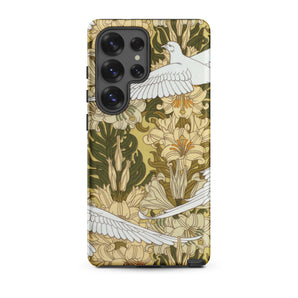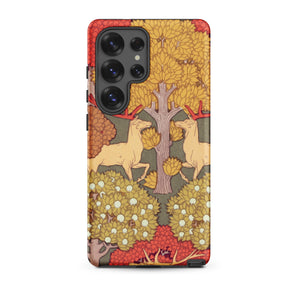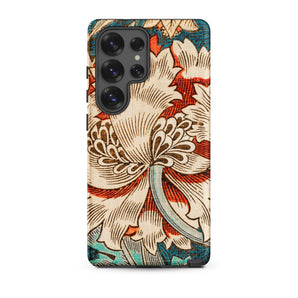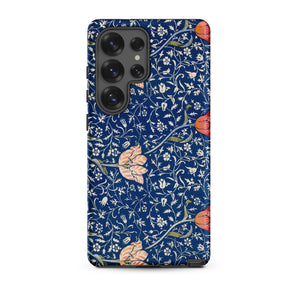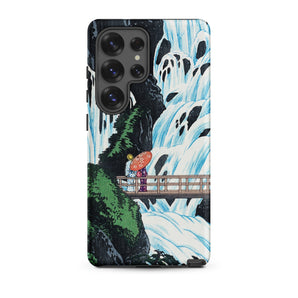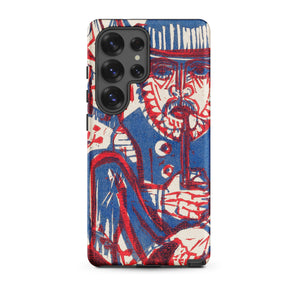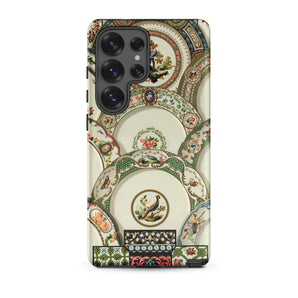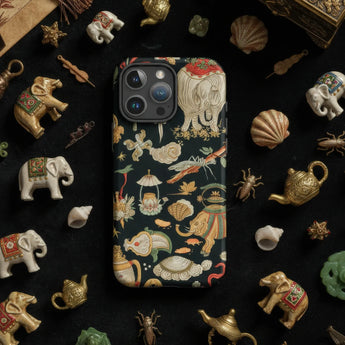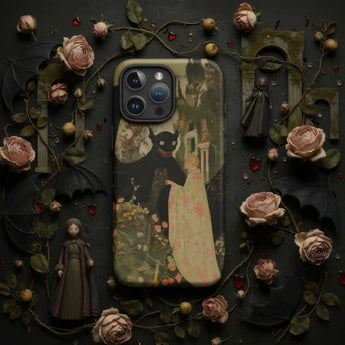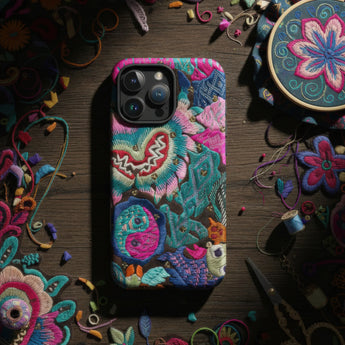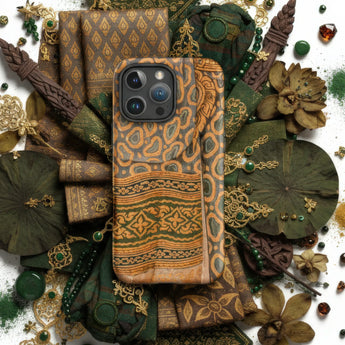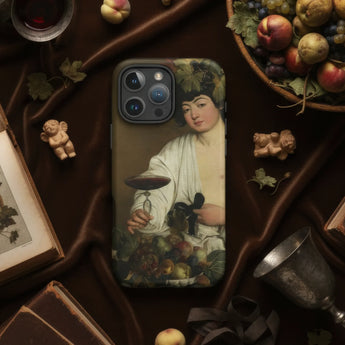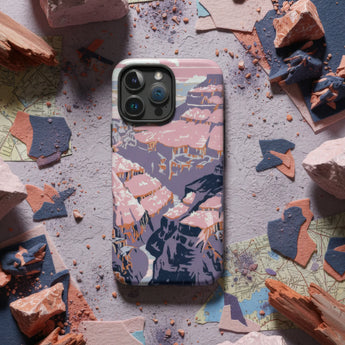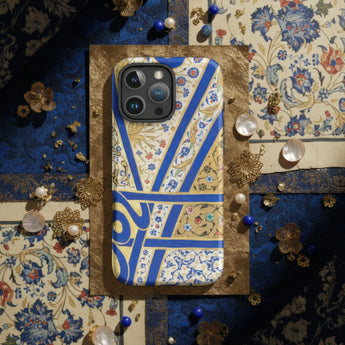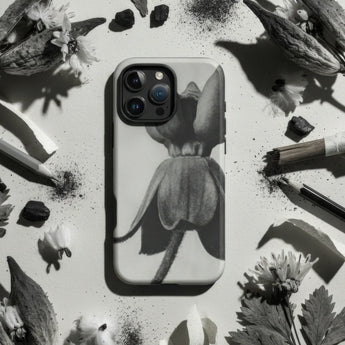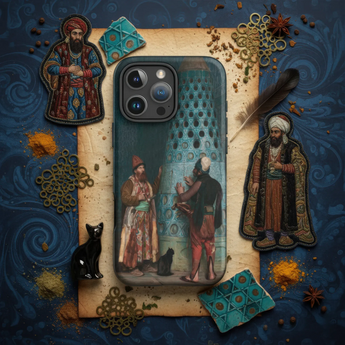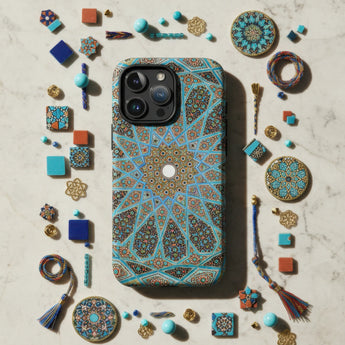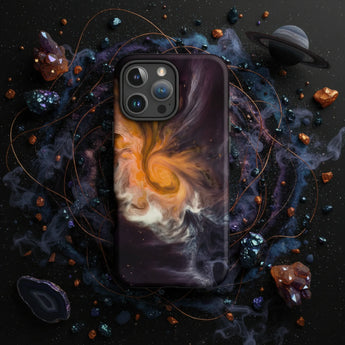Graphic Art Phone Cases
Buckle up, graphic art enthusiasts, these graphic art iPhone & Samsung cases are about to turn your smartphone into a pocket-sized design museum. More than protective shells; they're mini-manifestos, each one a middle finger to the tyranny of boring tech accessories. Picture this: your iPhone or Samsung, once a soulless slab of glass and metal, now pulsing with the illustrated energy of a Meiji composition or vibrating with the optical artistry of an Arabesque masterpiece. This collection spans the artistic spectrum from minimalist Zen gardens of clean lines and negative space to psychedelic explosions that make your retinas do the cha-cha.

